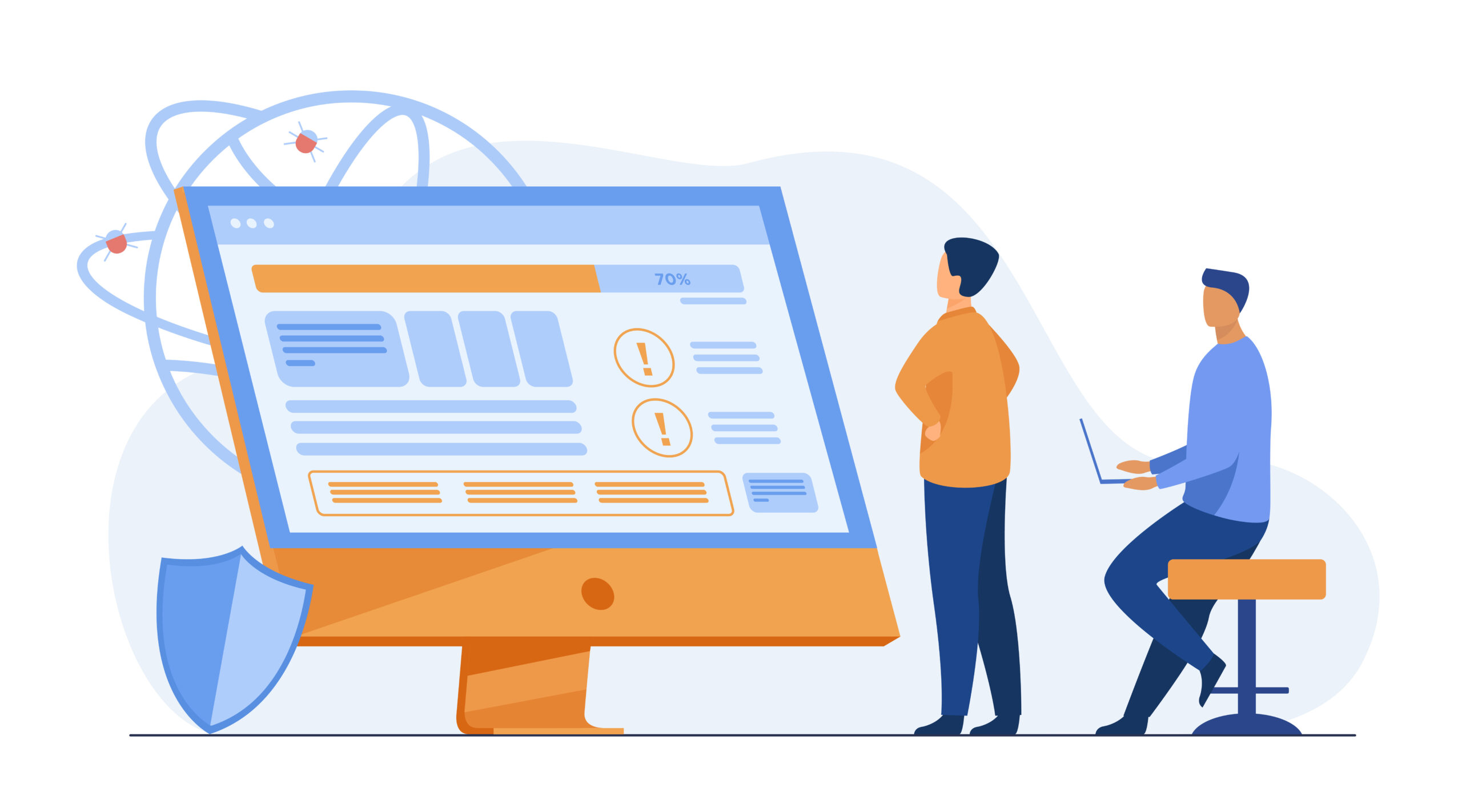Efficient time and attendance management is crucial for any organization to ensure accurate payroll processing, regulatory compliance, and effective workforce management. Traditional manual methods can be time-consuming, error-prone, and labor-intensive. However, with the advancements in technology, Human Resource Management Systems (HRMS) automation has emerged as a powerful solution to streamline time and attendance management processes. In this blog post, we will explore how HRMS automation can revolutionize time and attendance management, providing organizations with numerous benefits.
-
Accurate Time Tracking
HRMS automation eliminates the need for manual time-tracking methods, such as paper timesheets or punch cards, which are susceptible to errors and manipulation. Automated systems leverage technologies like biometric authentication, RFID, or mobile apps to accurately capture employee clock-ins, clock-outs, and break times. This ensures precise time tracking, eliminating discrepancies and reducing instances of time theft.
-
Seamless Integration with Payroll
Integrating HRMS automation with payroll systems eliminates the manual data entry process, reducing the risk of errors and saving time. Accurate time and attendance data captured by the automation system seamlessly flows into the payroll system, ensuring precise calculations and timely processing. This integration simplifies the payroll cycle, improves efficiency, and enhances overall payroll accuracy.
-
Enhanced Compliance
Compliance with labor laws and regulations is a critical aspect of time and attendance management. HRMS automation helps organizations stay compliant by applying the relevant rules and policies automatically. The system can track overtime hours, enforce breaks and rest periods, and generate reports for regulatory audits. This reduces the risk of non-compliance penalties and ensures a fair and transparent working environment.
-
Efficient Leave Management
Automated HRMS solutions typically include robust leave management modules. Employees can easily request leaves, and managers can approve or reject them through the system. The automation software keeps track of available leave balances, accruals, and approvals, ensuring accurate leave calculations. It simplifies the entire leave management process, reduces administrative burden, and ensures adequate staffing levels.
-
Real-Time Visibility and Reporting
HRMS automation provides real-time visibility into employee attendance data. Managers and HR personnel can access up-to-date reports, dashboards, and analytics, providing insights into attendance trends, overtime usage, and absenteeism. This data helps in identifying patterns, optimizing workforce scheduling, and making data-driven decisions for better resource allocation and productivity improvement.
-
Employee Self-Service
An HRMS with self-service capabilities empowers employees to manage their own time and attendance-related tasks. Through the system, employees can view their schedules, request time off, and track their attendance records. This reduces administrative overhead and improves employee satisfaction by providing them with control over their time-related information.
-
Streamlined Approvals Workflow
HRMS automation streamlines the approvals workflow for time-related requests. Managers can easily review and approve requests, and employees receive timely notifications regarding the status of their submissions. The system maintains an audit trail of all approvals and rejections, ensuring transparency and accountability.
-
Enhanced Data Security
Manual time and attendance processes often involve storing sensitive employee data in physical formats, increasing the risk of loss, theft, or unauthorized access. HRMS automation enhances data security by storing information in encrypted digital formats, with access restricted to authorized personnel. This protects employee privacy and ensures compliance with data protection regulations.
-
Scalability and Flexibility
HRMS automation solutions are scalable and flexible, accommodating organizations of all sizes and evolving business needs. Whether an organization grows or undergoes restructuring, the system can adapt to changing requirements, such as new locations, shifts, or time policies. This scalability and flexibility future-proof the time and attendance management process.
-
Cost and Time Savings
Implementing HRMS automation for time and attendance management results in significant cost and time savings. By eliminating manual data entry, reducing errors, and automating repetitive tasks, organizations can allocate their resources more efficiently. Additionally, the streamlined processes reduce administrative overhead, allowing HR professionals to focus on strategic initiatives and employee engagement.
Conclusion
HRMS automation revolutionizes time and attendance management, offering numerous benefits to organizations. From accurate time tracking and seamless payroll integration to enhanced compliance and real-time visibility, automation simplifies processes and improves efficiency. By implementing an HRMS solution, organizations can streamline time and attendance management, reduce costs, increase accuracy, and improve overall workforce productivity. Embracing technology-driven solutions is key to staying ahead in today’s fast-paced business environment.

